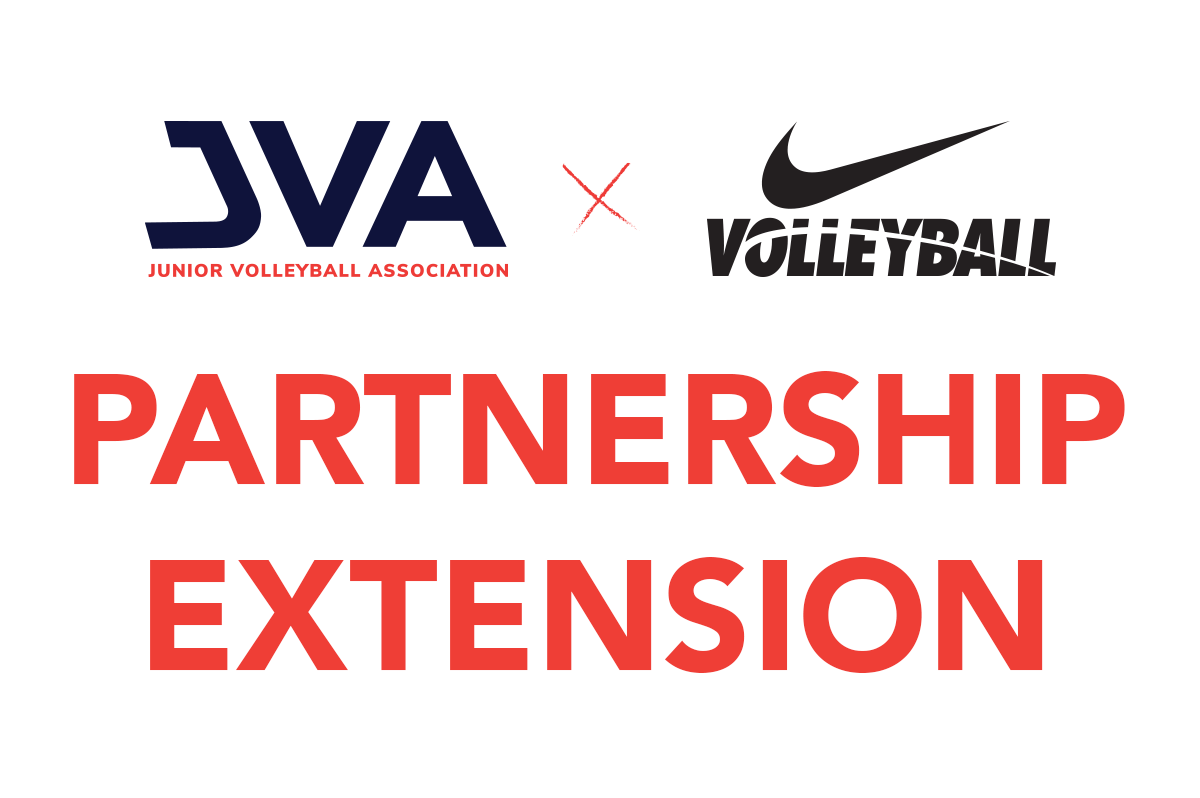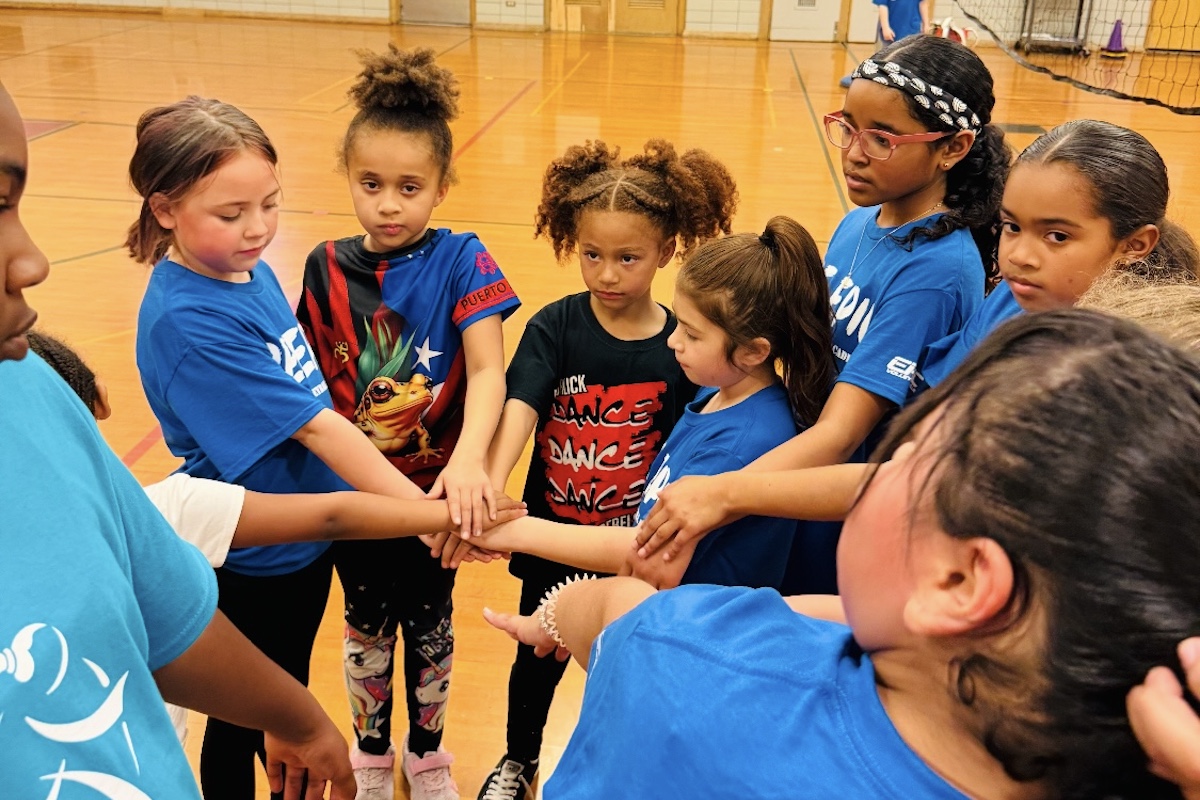Pioneering coaches already understand the advantages of the DISC assessment tool. This article is designed to broaden your scope and frequency with which you utilize DISC. If you don’t yet use DISC, let me explain why DISC is the best first tool and best long term tool, for you to introduce to your teams as you strive to develop, enhance or even overhaul your team culture.
The DISC assessment is not a “be all end all” to creating a healthy and positive culture for your team, and that is precisely the point. Instead, it is a systematic, nonthreatening, self-assessment that creates a launching point for a wide variety of conversations and directions of use. It is also the best 15 minutes your team will spend on a computer this season.
The DISC tool provides a structure of understanding and trust that can be built upon as you lead your team. As the corporate, and subsequently the athletic world, has embraced the need for more engagement and commitment from their teams, DISC has become an invaluable launch pad for the foundations of teamwork and a vehicle to further it endlessly. Unfortunately, many fail to capitalize on this continuing value of the DISC tool. When fully utilized, DISC creates a unique language and level of trust between athletes and coaches that few other tools can match. DISC is capable of engaging with every aspect of your program: on and off the court, as a team dynamic, relatable team tool, and also in one on one conversations. Here are three ways you can use this tool to develop a culture of inclusion, understanding and empowerment.
1) After 15 minutes of computer time by your athletes, you will have a simple shortcut to some critical information about your individual team members.
For example, you will immediately know which of your players are:
- Able to concentrate and focus easily…and who will get distracted quickly.
- Predisposed to communicating well on the court…and whom you will have to train.
- Excited to take a swing or pass the ball on match point…and who would naturally shy away from that opportunity.
- Who wants the spotlight and whom would rather allow others get the credit.
- Motivated by detailed instructions and who will zone out if you give them too much information at once.
There are numerous more examples I could cite. Often these answers take weeks or months to come to light, yet you could have a sizeable head start!

2) DISC is valuable in revealing the overall strengths and challenges of your team.
Do you have a primarily task-oriented or primarily people-oriented team? That has implications on practice design!
Are most of your athletes outgoing (fast-paced) or are many reserved (more thoughtful)? This will impact how you should address the group.
Do you have at least a couple of athletes in each of the quadrants (D, I, S, and C) or will there be a struggle because of low representation somewhere? Conversely, how can you capitalize on strengths that several of your players embody naturally?
3) Once you and your team have an understanding of how each athlete and coach is “wired”, you are able to move DISC into your on court training.
You can now train your team’s mental and behavioral skills along with their physical skills, using the same language. Many coaches stop utilizing DISC before they get to this step, missing out on amazingly effective communication and cultural training. This phase of training might concentrate on the following for example:
- Getting your Liberos and Setters to vocalize more within a drill by setting up criteria that rewards that behavior only. (Training the “I”)
- Requiring your outside hitters to take a big swing because they will need to in a tight competition or at the end of a set. (Training the “D”)
- Setting up criteria for your middle blockers to use precise transition footwork (Training the “C”)
- Helping your passers stay calm when passing by rewarding that behavior with a point system (Training the “S”).
By making behavioral training the same as physical training, you will help players realize that it is just as crucial to practice mentality as it is physicality. Furthermore, you will improve their confidence to overcome fears of performing mental skills that may not necessarily come naturally to them!
You and your team can construct a culture that empowers each of the various personality styles, while at the same time addressing the challenges your team may face. By spending a portion of practice concentrating on the mental/behavioral game, your team’s confidence, competitiveness and trust in one another and the system will all improve dramatically. The DISC tool is flexible, simple to facilitate, easy to understand and more powerful the more you use it. Start it today!
For related reading on mental training click HERE. For related reading for volleyball coaches click HERE.
About the Author
Mora Kanim is the Founder and President of Coaching C.L.O.U.T. She founded Coaching C.L.O.U.T in 2010 with the vision of sharing her insights with others, and helping them build more effective relationships in their quest for excellence. Currently, Kanim works primarily with collegiate teams, club teams and various companies throughout the U.S. and Canada. Before forming Coaching C.L.O.U.T., Kanim was the Head Volleyball Coach at Kent State University from 1997-2007. She was at the University of Michigan from 1992-1996 and Cal State Northridge from 1989-1991 as an Assistant Volleyball Coach. Kanim also worked with the USA Volleyball team (Atlanta ’96), and the Under 20 USA Soccer Team (2010). A member of the1984 NCAA national championship, and two Final Four teams (1983, 1985), Kanim received her BA degree from UCLA in 1988. She earned her MA in sports studies from KSU. As a former NCAA Division I athlete and coach, Kanim brings a unique perspective to Coaching C.L.O.U.T. In the coaching profession for more than 20 years, Kanim has worked with thousands of athletes and coaches. Her study of Human Behavior has a dramatic impact on her ability to motivate, communicate more effectively with, and create an optimal environment for her athletes.
Contact Mora at mora@coachingclout.net












